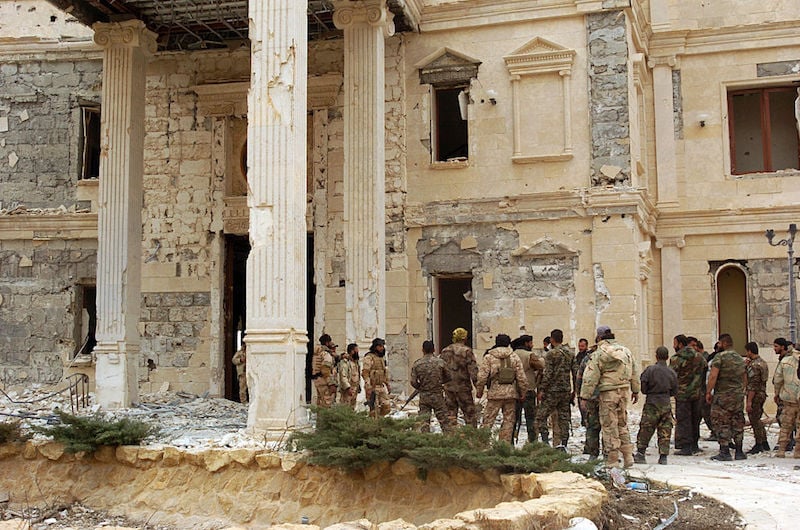Law & Politics
Syrian Army Recaptures Palmyra and Plans to Rebuild Historic Temples
UNESCO pledged to ensure ISIS "crimes do not go unpunished."

UNESCO pledged to ensure ISIS "crimes do not go unpunished."

Henri Neuendorf

With help from Russian warplanes, Syrian government forces re-took control of the Syrian city of Palmyra from Islamic State fighters on Sunday.
According to the Syrian army the battle has dealt a “mortal blow” to militants who destroyed several ancient temples in the UNESCO World Heritage Site last year, Reuters reports.
“The destruction of temples of Baal Shamin and Bel, the funeral towers and the Triumphal Arch are an immense loss for the Syrian people and the world,” UNESCO head Irina Bokova told AFP, but she welcomed the retaking of the city. “For one year Palmyra has been a symbol of the cultural cleansing plaguing the Middle East,” she said.

The Temple of Bel in 2010 before its destruction.
Photo: Bernard Gagnon, via Wikimedia Commons.
Bokova pledged the UN’s support in the recovery of antiquities, and will set up a team to “evaluate damage,” she says, noting, “The deliberate destruction of heritage is a war crime, and UNESCO will do everything in its power to document the damage so that these crimes do not go unpunished.”
Meanwhile Syria’s top archaeologist has promised to rebuild the historic site. Maamoun Abdelkarim told the Guardian, “We will not leave the temples destroyed […] We will assess how much damage the stones suffered and we will re-use them in order to scientifically put back the temples.”

The Temple of Baalshamin before its destruction.
Photo: Wikimedia Commons.
Abdelkarim said that the plans for the reconstruction would be created by the end of April. “We will rebuild the missing portions until the temples of Bel and Baalshamin are rebuilt.”